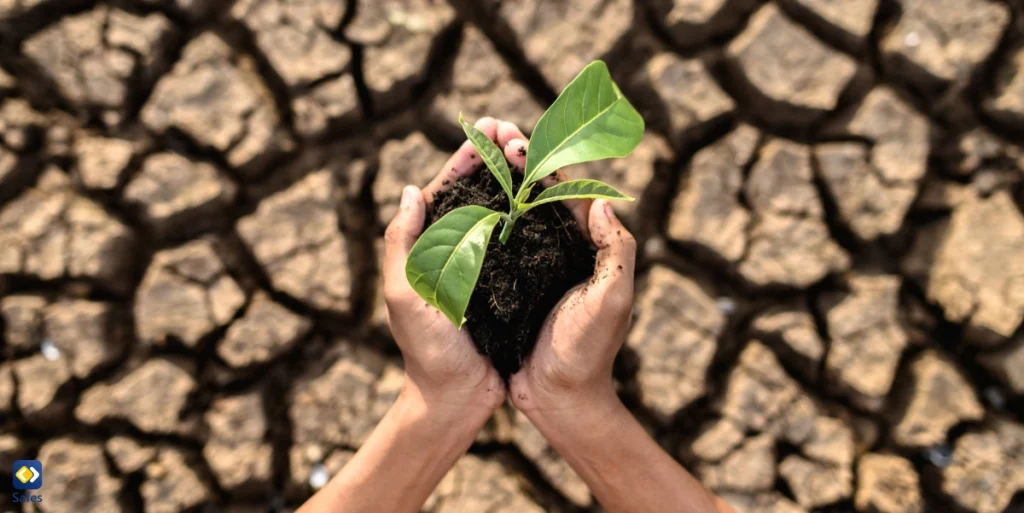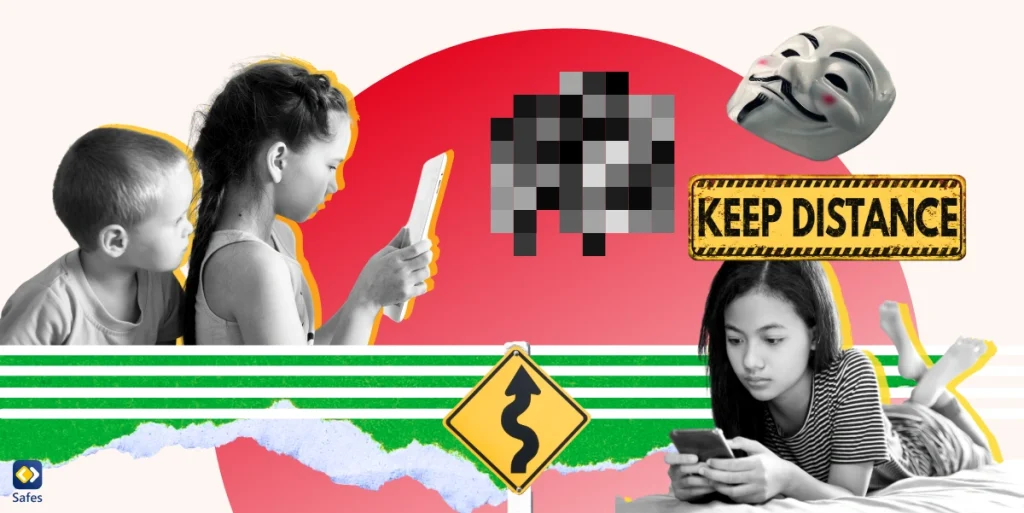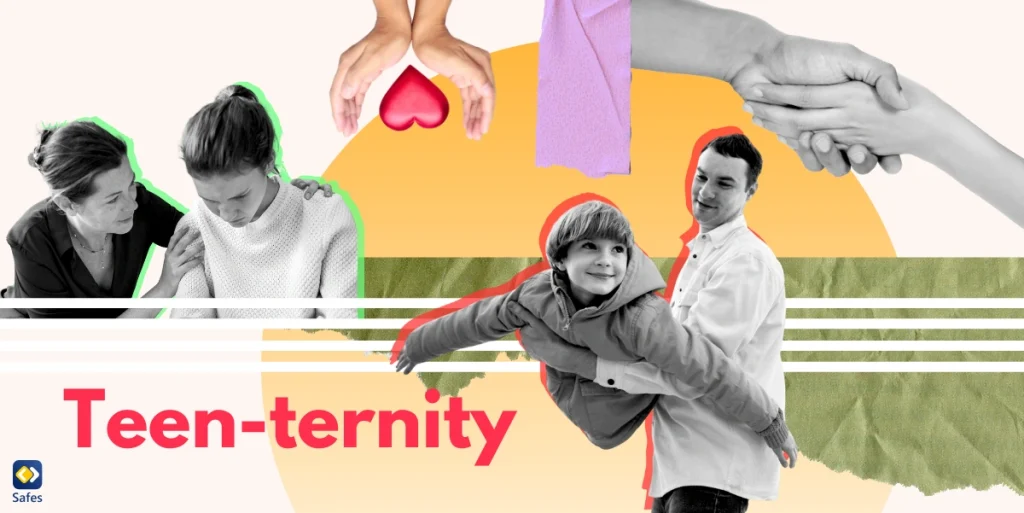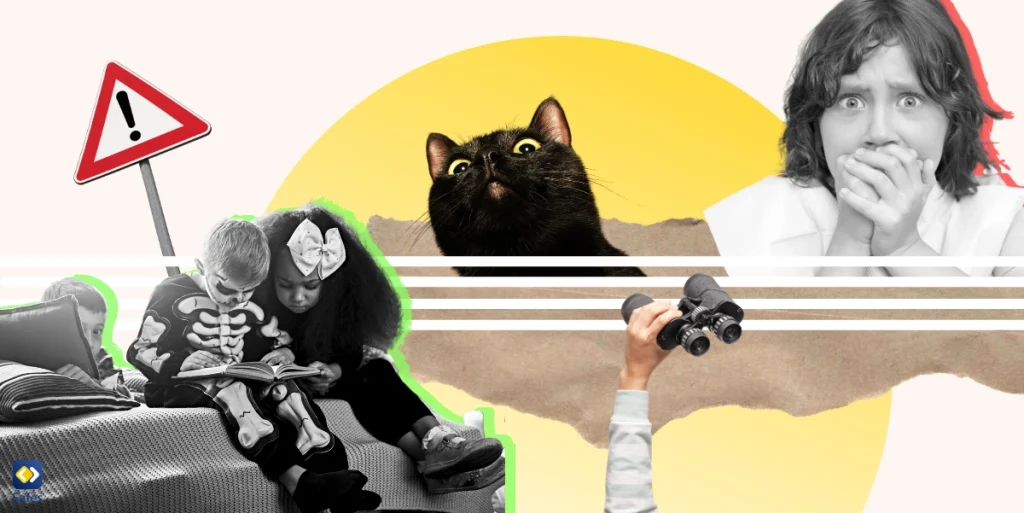According to the United Nations website, the average temperature of the Earth’s surface is approximately 1.1°C hotter than it was in the 1800s. It feels like every day wildfires and floods happen in some parts of the world. Most citizens of the world already feel the temperature of the Earth rising from signs i.e., a summer being hotter than usual or an island completely disappearing because of rising sea levels.
Download and Start Your Free Trial of the Safes Parental Control App
Climate change is an immediate risk that threatens all humanity. Children deserve to know what is happening to the planet they will build their futures on. The term “climate change” appears all over the news and other programs. Children are bound to ask what it means. But explaining such a concept might not be easy (explaining to children often isn’t).
Why It’s Important for Kids to Know About Climate Change
Climate change can happen naturally, but in the last 200 years, humanity has made nature ashamed of its pace. Children are born into a world that previous generations have shaped. Unfortunately, this generation and the generations after it will have to be born in a world that faces an existential threat.
One argument is that just because of that, children need to learn about climate change as soon as possible. It’s realistic to teach them about how the Earth is changing, in order to then make the case of how they can help stop it. Climate change is a problem that should not be taken lightly, especially now, when we’re not even sure how late we are to the party.
It makes sense that newer generations will have better solutions for problems that they have internalized from childhood. It makes sense that children should know what sacrifices are due for the Earth to remain habitable for human life.
It might seem obvious that climate change is happening, that children will learn about this as they learn about death, or sex, or love, or hate, by lived experience. They’ll hear the news and understand the problem. When they’re old enough they might even come up with a solution. A case can be made that teaching kids about climate change is also a fight against ignorance, like teaching a child that the Earth is round. A lot of people If classrooms didn’t have globes in them, there would probably be a lot more flat-earthers around.
How to Explain Climate Change to Children
Brainwashing won’t work. Well, it will but that’s not needed for a problem that has been, unfortunately, documented so extensively. Based on how old your child is, you should consider using analogies. Here are a few examples of how you can explain climate change to a child.
To a 5-year-old:
Consider Earth to be a huge fluffy blanket that keeps us warm. However, over time, people have utilized materials that have made the blanket a little too warm. It’s the equivalent of putting on additional garments when we’re already warm. This can cause the Earth to become hotter, which can lead to changes in where animals live and how much rain falls. As a result, we must be cautious and choose products that will not overheat our blanket.
To a 10-year-old:
Imagine the Earth as a big system where everything is connected. You know how you need the right balance of water, sunlight, and food to grow your plants? Earth also needs a balance to stay healthy. People have been using a lot of stuff like cars, factories, and machines that release gases into the air. These gases act like a warm blanket around the Earth, trapping heat from the sun. This extra warmth is causing changes in the weather, making some places hotter or changing how much rain they get. We need to find ways to use things that don’t make our planet too hot.
To a 15-year-old:
Climate change refers to the long-term alteration of Earth’s average weather patterns and temperatures. It’s driven primarily by the increase in certain gases, called greenhouse gases, in the atmosphere due to human activities like burning fossil fuels (coal, oil, and gas), deforestation, and industrial processes. These gases, such as carbon dioxide and methane, trap heat from the sun, like how a blanket traps your body heat. As a result, the planet’s temperature is rising.
Explaining the Effects of Climate Change on Everyday Life
It’s important for your child to understand the relevance of the topic to their everyday life. So, using examples of what happens because of climate change can help. Here are some examples that you can use. Feel free to change the vocabulary based on your child’s age and experience.
- Climate change can make some animals, like polar bears and penguins, lose their homes because the ice they live on melts.
- Climate change makes days feel hotter than usual which forces us to drink more water and use sunblock.
- Climate change can make it rain more than normal which can cause floods. It can also cause less rain than normal resulting in droughts.
- Climate change causes the ice to melt so sea levels rise and islands where people live go underwater. These people have to move to other parts of the world, becoming refugees.
- Climate change’s effect on the weather can harm crops and harvests and ultimately lead to famine where huge numbers of people go hungry and starve.
Remind them that all the effects listed above happen gradually and sometimes we don’t feel them but others around the world do, and we have to do something about it.
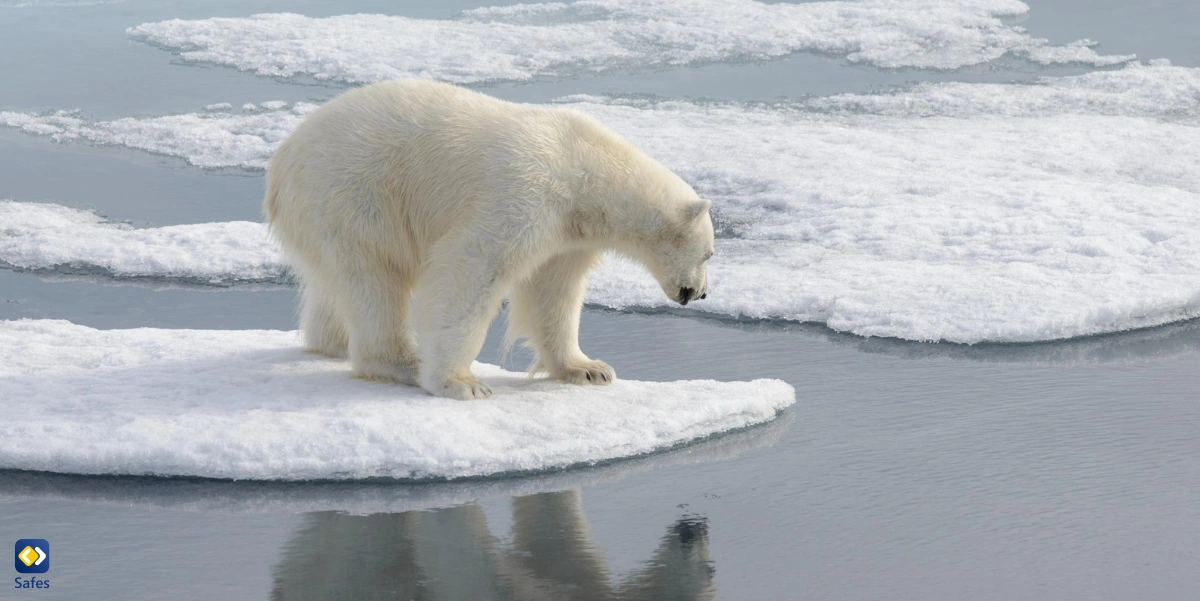
How Can We Help Prevent Climate Change?
It’s difficult to explain what a child can do to prevent climate change. The massiveness of the problem needs a solution that works on many levels. In general, there are two topics that you can talk to your child about, though this is best done with teenagers.
Individual Responsibility: This can be quite messy and complicated. Notions such as a person’s “carbon footprint” have been proven to be non-consequential. But there are some small things that we can do to cover our part such as teaching children to reduce waste and use eco-friendly products.
Group Responsibility: Large-scale solutions need the participation of groups of people. Even if each of us reduces the waste we make and use eco-friendly products, large companies and factories make most of the CO2 emissions and we’re just not that significant in the grand scheme of things. So, it makes sense to talk to your child about the responsibilities that government officials have, and how people can use civil protests and elections to change the course of history.
Conclusion
Climate change is a nightmare and will remain so for the near future. Our children are literally among the last generations to face this massive challenge. To undermine the issue or think of it to one day become a distant memory of humanity, it not for now. But if we educate people, our children, about the issue, how it hurts us, and how we can help solve it, maybe, just maybe, it will indeed become a memory for future generations, a sign of how by coming together they have defeated this behemoth of existential crises.
